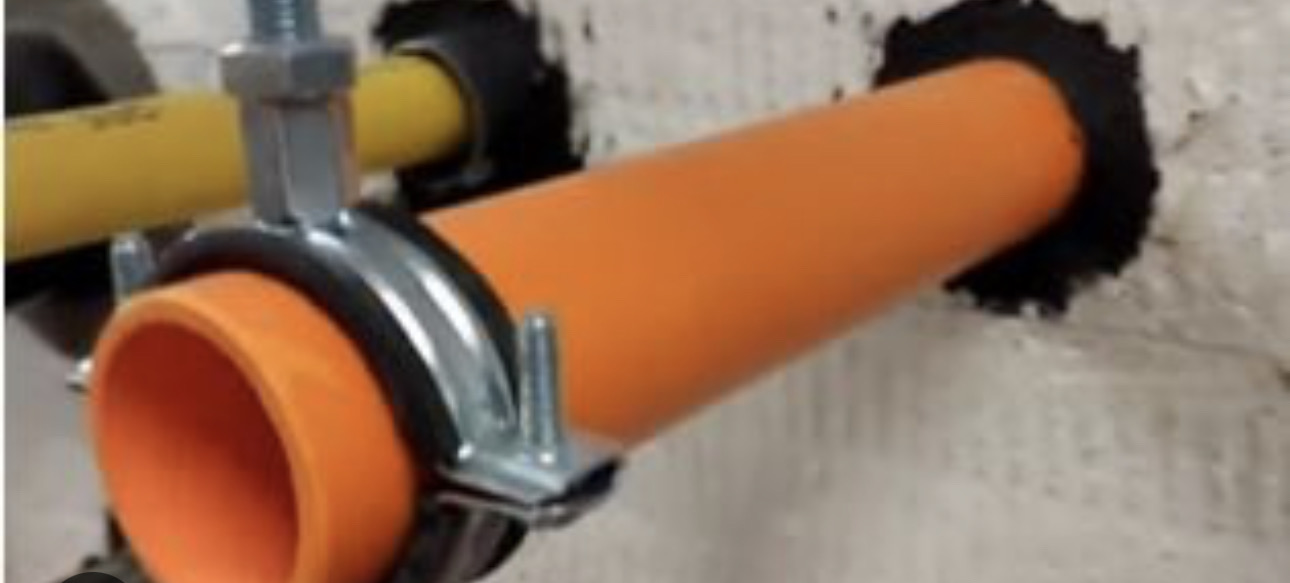
Intumescent paint is designed to expand and create a protective char layer when exposed to heat or flames. When a fire occurs, the heat causes the intumescent paint to react, expanding and forming a foam-like layer that insulates the underlying structure. This expanded layer acts as a barrier, slowing down the transfer of heat to the protected surface, thus providing fire resistance and protection. Is there anything else you would like to know about intumescent paint?

Firedoor ironmongery requirements in the UK refer to the specific regulations and standards that must be followed when selecting and installing hardware (such as locks, hinges, and closing devices) on fire doors. To provide a more accurate response, could you please clarify what specific information you are looking for regarding firedoor ironmongery

High pressure exerting intumescent mastic is a type of fireproofing material that expands when exposed to high temperatures. It is used to seal gaps and joints in buildings to prevent the spread of fire and smoke. The mastic is applied in a compressed state and expands significantly when heated, forming a high-density barrier. This expansion helps to fill gaps and protect against fire, providing additional time for occupants to evacuate the building and for firefighters to control the blaze. Is there anything specific you would like to know about high pressure exerting intumescent mastic?
For more information on Passive Fire Protection, call us today on 01564 637197 or send us a message.

Passive Fire Limited specialises in the optimal functioning of fire protection systems through meticulous inspection and surveying. We are specialists dedicated to delivering the highest standards of service for survey requirements and inspections. Providing tailored solutions for all our clients.
Henley in Arden, Solihull, West Midlands, B95 6EZ
info@passivefireltd.co.uk
www.passivefireltd.co.uk